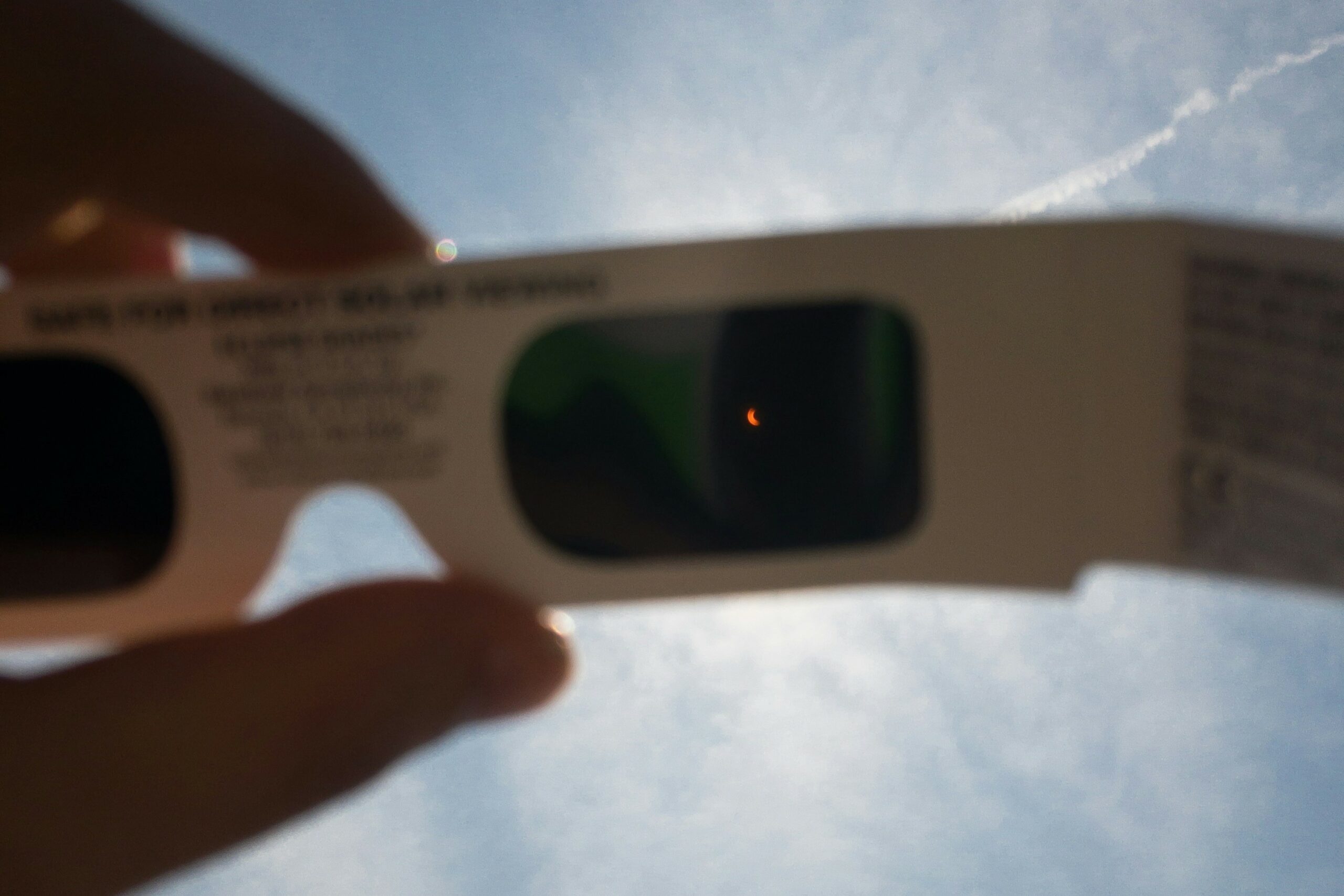The total eclipse wonder: chasing the celestial shadow and its secrets
The April 8 solar eclipse, its history and significance, and fun facts about eclipses.
On Monday, April 8, one million people are expected to visit Niagara Falls, Ontario to witness the exceptional solar eclipse that will last for around four minutes and 28 seconds.
A solar eclipse is a phenomenal moment when the Moon passes between the Sun and Earth. The eclipse can be partial or total, meaning the moon either partly or fully covers the Sun, blocking its light and darkening Earth. The Hamilton and Kingston regions will experience a total solar eclipse, while nearby places, such as Toronto, are expected to witness a 95 per cent partial solar eclipse.
This natural wonder is stirring up intense excitement–and planning–because the next eclipse in North America, outside of one in Alaska in 2033, won’t occur until August 2044, which will only be fully visible in some parts of the US. It’s the first continental eclipse since the one that occurred in August 2017. In 2026, an eclipse will occur in northern Greenland, Iceland, and Spain.
Historical Solar Eclipses
The oldest recorded solar eclipse in human history occurred approximately on November 30, 3340 BCE. This eclipse was documented through spiral-shaped petroglyphs (rock carvings) discovered in Ireland. Another early discovery of solar eclipses was found on oxen shoulder blades and tortoise shells in China, from
approximately 1200 BCE, and helped NASA scientists dictate the changes in Earth’s rotation and the rate of Earth’s spin.
On August 18, 1868, another major eclipse occurred, which helped astronomers Norman Lockyer and Pierre Janssen discover the chemical element helium.
While Albert Einstein discovered his theory of general relativity in 1916, it wasn’t until 1919 that a solar eclipse happened to evidence his theory.
Popular stories behind solar eclipses
Solar eclipses vary in meaning around the world. For the Ancient Greeks, a solar eclipse signaled the gods’ anger and was often understood to be a bad omen. The word “eclipse” was taken from the Greek ekleipsis, which means “being abandoned.”
Across the world, in Ancient China, eclipses were heavenly signs that predicted the Emperor’s future. The ancient Chinese believed that a celestial dragon ate the sun, creating the eclipse. To save the sun, people would make loud noises by banging drums to scare the dragon away. Similarly, the Vietnamese believed a giant frog ate the Sun, while in Argentina it was a jaguar.
The ancient people of northern Togo and Benin believed that anger and fighting among humans could spread to both the sun and moon, inciting a fight between the two celestial bodies, and causing an eclipse. To rectify this, the Batammariba people resolve disputes and foster peace in hopes of inspiring peace between the sun and moon.
For the Diné, an Indigenous community in the southwestern US, a solar eclipse symbolizes a rebirth of the Sun, marking a moment of solemnity. The rebirth signifies the Sun’s death, which represents a father figure in the Diné beliefs. To respect this special moment, all activity is stopped for the duration of the eclipse and people bow their heads in respect. Meanwhile, in one Ojibwe and Cree story, a boy, Tcikabis, traps the Sun in a net to burn his clothes. In another Ojibwe story, the eclipse represents an extinguished sun that is relit by shooting flaming arrows.
Weird things that happen during a solar eclipse
- Part of why solar eclipses occur on Earth is because, coincidentally, the Sun is 400 times the diameter of the Moon and 400 times further away from the Earth, causing the Sun and Moon to appear as the same size.
- Depending on the location, temperatures during a total eclipse can drop approximately 2.8 to 5.6 degrees Celsius.
- Some animals, such as giraffes, get nervous during the eclipse and begin to run, an activity they only engage in when they are running from a predator. Others, like ants, bees, and birds, return to their nests or roosts to sleep.
- Due to the sudden change, an eclipse can disturb radio waves, GPS navigation systems, and satellite communication systems around the world.
- The total celestial alignment creates crescent shadows, where the shadows on the floor become sharper than usual. Tree shadows typically showcase this phenomenon best.
- Ancient Chinese astronomers His and Ho were decapitated because they failed to predict the October 2134 BC solar eclipse.
- In approximately 600 million years, the Moon will be too far away from the Earth to create a solar eclipse.
What’s next?
To view the eclipse safely, plan out your trip to Niagara Falls on April 8 for a view of this celestial coincidence and purchase certified eclipse glasses to prevent eye damage. We are looking forward to all the cool pictures you will take from this event!

